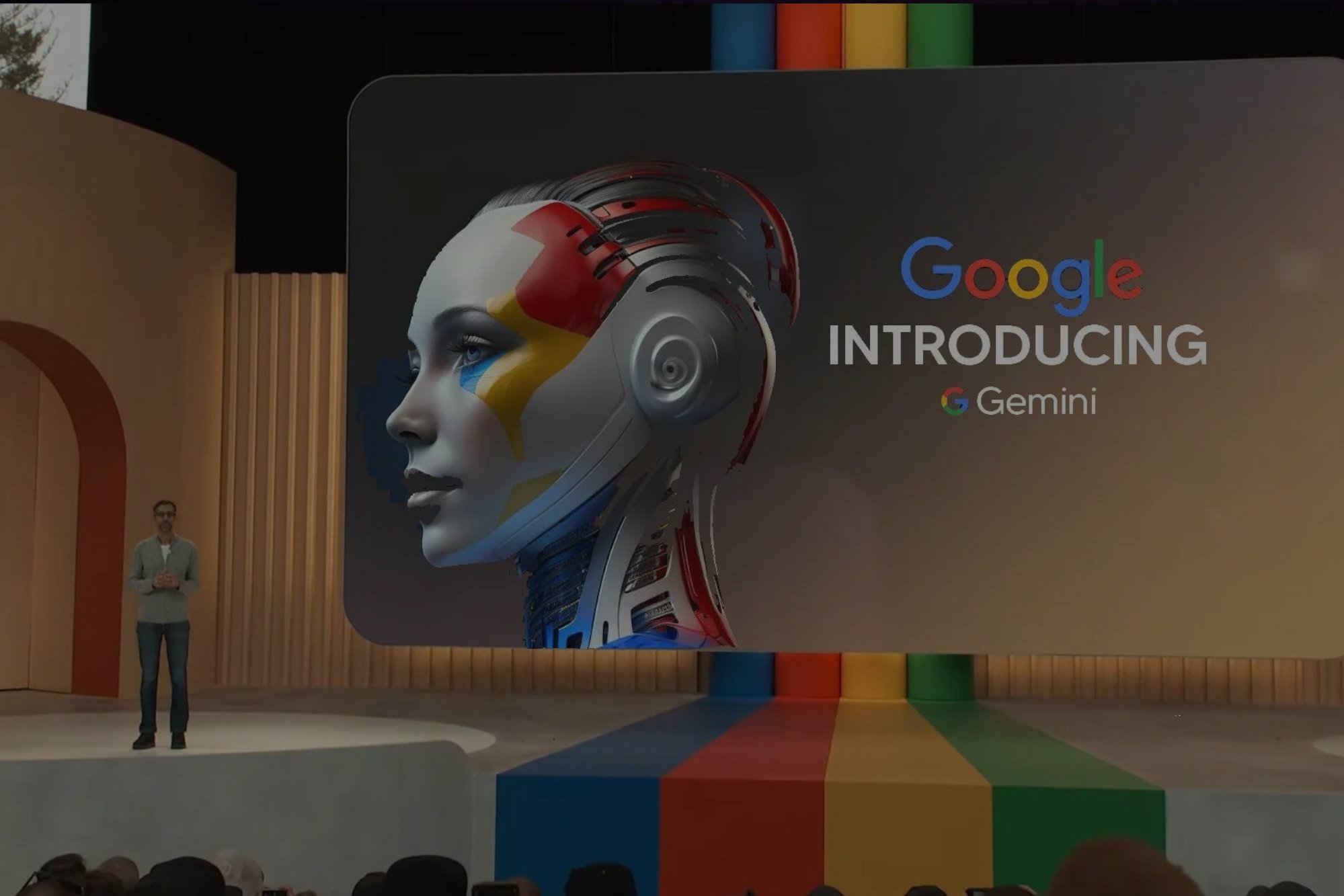Large Language Models (LLMs) are at the forefront of today's AI boom. These powerful tools are capable of understanding, generating and interacting with human language in an impressively natural manner. In the realm of performance marketing, LLMs are increasingly seen as game-changers, providing teams with innovative strategies for research, planning, content creation and data analysis.
But with so many different LLMs emerging, it's important to compare their capabilities and fit for different marketing needs.
GPT-4 by OpenAI
The sequel to ChatGPT 3.5, GPT-4, is the latest AI model released by OpenAI. It's trained to predict the next word in a sentence, making it capable of generating human-like text. For a performance marketing team, GPT-4 can assist in content creation, strategy formulation and customer engagement. For instance, it can generate engaging ad copy, simulate customer interactions and provide insights into customer sentiment from data analysis.
Pros
- Exceptional at generating natural, coherent and contextually relevant responses
- Can handle a wide range of tasks without specific task training
- Able to understand complex prompts and generate detailed answers
Cons
- Sometimes produces text that is nonsensical or irrelevant
- Can inadvertently generate inappropriate or biased content
- Requires significant computational resources for training and deployment
Notable Mention: Open AI's Code Interpreter
Unofficially dubbed as GPT-4.5, Code Interpreter lets the model understand and write code, offering a boon for data analysis. Marketing analysts can request Python scripts for specific data analyses or visualizations, which GPT-4 generates, saving time and effort. Beyond data analysis, the Code Interpreter can automate tasks, perform market research, analyze trends and generate visualizations such as graphs and charts.
Bard by Google
Bard is Google's bidirectional and autoregressive transformer model. It's designed to create high-quality and diverse text as well as perform complex computational and programming tasks. Bard can be used in marketing to create a variety of engaging content. The diversity in its outputs can help in brainstorming sessions, and its bidirectional understanding can help maintain brand voice and messaging across longer texts.
Pros
- Generates diverse and creative content
- Better at understanding and maintaining context over long texts
- Stronger at generating, debugging and analyzing various programming languages
Cons
- Can require more prompt engineering to get desired outputs
- Its bidirectional nature can lead to inconsistency in generated text
Claude 2 by Anthropic
Claude2 is Anthropic's latest conversational AI assistant, demonstrating significantly stronger reasoning abilities and common sense over previous versions through techniques like collective learning. Compared to models like LLaMA 2 (see below) and GPT-4, Claude2 appears superior at following conversational flow and avoiding contradictory or unhelpful statements thanks to its collective learning approach. Claude 2's conversational abilities and customizability for specific marketing needs make it well-suited for collaborating on campaign strategies, analyzing results, and driving efficiencies.
Pros
- More coherent, contextual dialogues
- Improved ability to cite sources and admit knowledge gaps
- Larger memory than other LLMs, capable of remembering more within a single chat
Cons
- Limited technical capabilities
- Lacks creative writing skills
LLaMA 2 by Meta
LLaMA 2 is Meta's latest model, showing stronger reasoning abilities and a friendlier personality than previous models like GPT-3 and Claude through innovations like its dual encoder structure for expanded conversational context and retrieval-augmented generation for more knowledgeable responses. LLaMA 2 enhances AI interactions, generates better campaign messaging and provides users with useful talking points based on analysis of past conversations.
Pros
- More coherent, logical conversational abilities
- Retrieves relevant knowledge for factual responses
- Fully open-sourced allowing community-driven improvements
Cons
- Still in research, with restricted access
- Full capabilities and limitations not yet known
- Requires extensive testing before marketing deployment
So which LLM is best?
Surprise: None of them "wins." Each LLM brings unique capabilities to the table. While GPT-4 excels in content generation, Claude 2 shines in conversational tasks. LLaMa 2's multimodal capabilities make it unique, and Google's Bard LLM stands out in computational programming tasks.
At Allied, we leverage each model's unique strengths to strategically enhance client marketing efforts across the paid media, earned media, owned media, and creative.. Interested in learning more? Get in touch!



